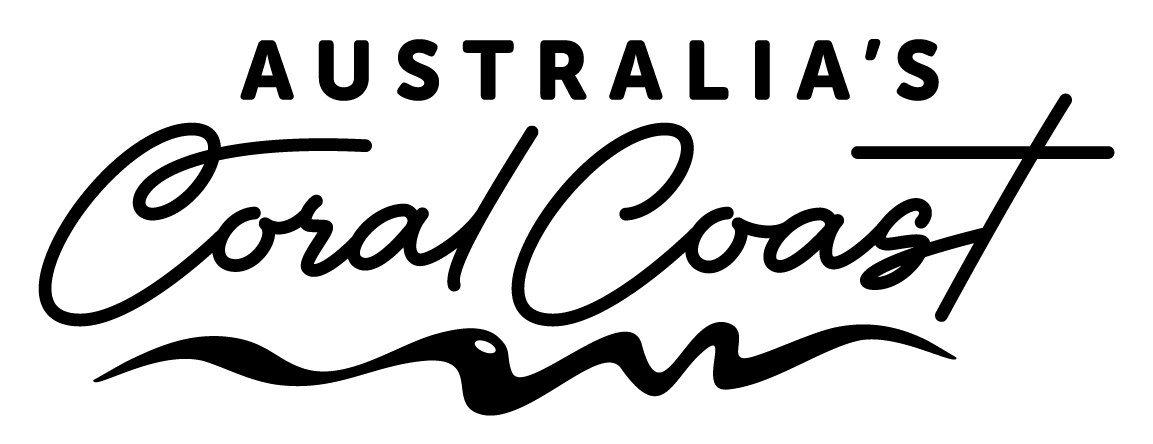Tathra National Park
Tathra National Park is located just 20 minutes from Eneabba in Wildflower Country. It is low heath on rolling sandplains renowned for its incredible diversity of endemic wildflowers.
This open sandy country is called the ‘kwongan'. This area near Eneabba is a world-renowned biodiversity hotspot. Kwongan is the Aboriginal word for low, hard scrub and heathland, native vegetation to this area.
The kwongan contains over 2600 species of plants, over 70 percent of the species in southern Western Australia, and a large percentage of which are endemic to the region. Many kwongan species have specialised adaptations to grow in the low nutrient soils of this region and have deep root systems to obtain sub-surface moisture and specialised feeder roots in the humus layer. Peas and sheoaks have root nodules that contain bacteria to fix nitrogen.
Most species use fungi to aid nutrient uptake, either inside or surrounding the root sheath. Some plants are carnivorous - the droseras (sundews), or parasitic - quandong and nuytsia trees.
Most plants have woody fruits to protect against fire, a food attractant to large cockatoos. The magnificent floral display in spring indicates that many plants rely on birds for pollination. A large quantity of large and vibrant coloured flowers are required to satisfy their nectar requirements.
The biggest threat to these plants is the spread of dieback, a soil borne fungus that prevents the uptake of nutrients and moisture.
We recognise and acknowledge Aboriginal people as the traditional custodians of Tathra National Park.



























